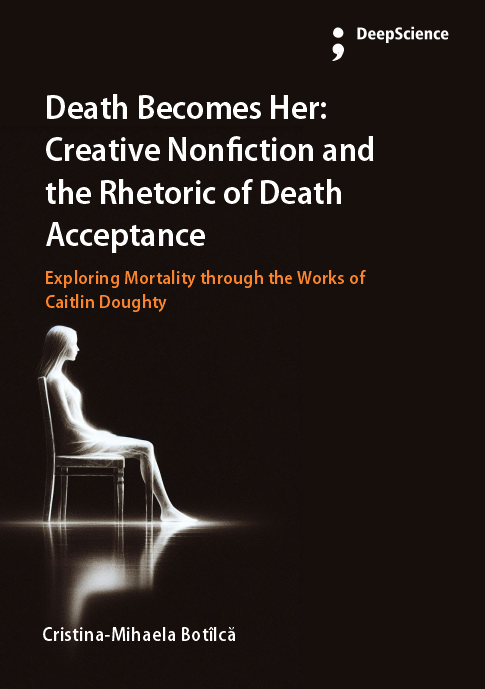From reportage to art: The emergence of creative nonfiction
Synopsis
Section 1. New Journalism: The Foundation of Creative Nonfiction
1. The Emergence of New Journalism
Literary journalists explore new definitions of reality, crossing the boundaries that capture the psychological connection between individuals. At the end of the twentieth century, the most vocal representative of this literary, journalistic style was Tom Wolfe (1973), who claimed that literary journalism is a New Journalism using techniques that correspond to fiction writers, such as point of view, scene, and dialogue. The framework of this seemingly newly-born genre is artful storytelling (Wolfe 1973; Weber 1974). It appeared as a response to the 1960s, when societal changes happened at such a fast pace that a new strategy for ordering contemporary events was needed (according to Eason 1982).
Eason (1984) compared literary journalism to ethnographic realism (Webster 1986; Roberts and Sanders 2005; Langness and Frank 1978) and cultural phenomenology (Backhaus 2006; Csordas 2015). Also, the literary journalist is conscious of his storytelling and of him creating a new literary form that we would not usually associate with objective journalism and facts, which are mostly opposed to the subjectivity of fiction. However, while it would be unfair to argue that this tendency towards separating fact from fiction (translated into reason versus emotion or humans versus nature) has been a permanently used technique in journalism, it would be just as unfair to say that we can ignore it as if it were inexistent.
In the seventeenth and eighteenth centuries, writers were under the constraints of classicism. So, nineteenth-century journalists began questioning the oppressions of objectivity imposed by the classic view of journalism (Wilkins 1989). This way, in the twentieth century, journalists started challenging the objectivity of the reality presented on paper (Hollowell 1977; Johnson 1971; Mills 1974). One of the first ones was Agee (1980), who could not find a way to separate his persona from the people in Alabama that he was sent to interview. He had no separation between humans and nature because he was one with his subjects. His perspective is even somewhat romantic, stating that he expressed a desire for his perspective to encompass a vast and magnificent universe, characterized by luminosity, spaciousness, and incalculable richness. He believed that it was feasible to capture and convey this universe, albeit not as effectively through artistic means as through the employment of open terms, which he endeavored to utilize in his writing (Agee 1980: 11-12). Tom Wolfe went on to call this attitude New Journalism.












